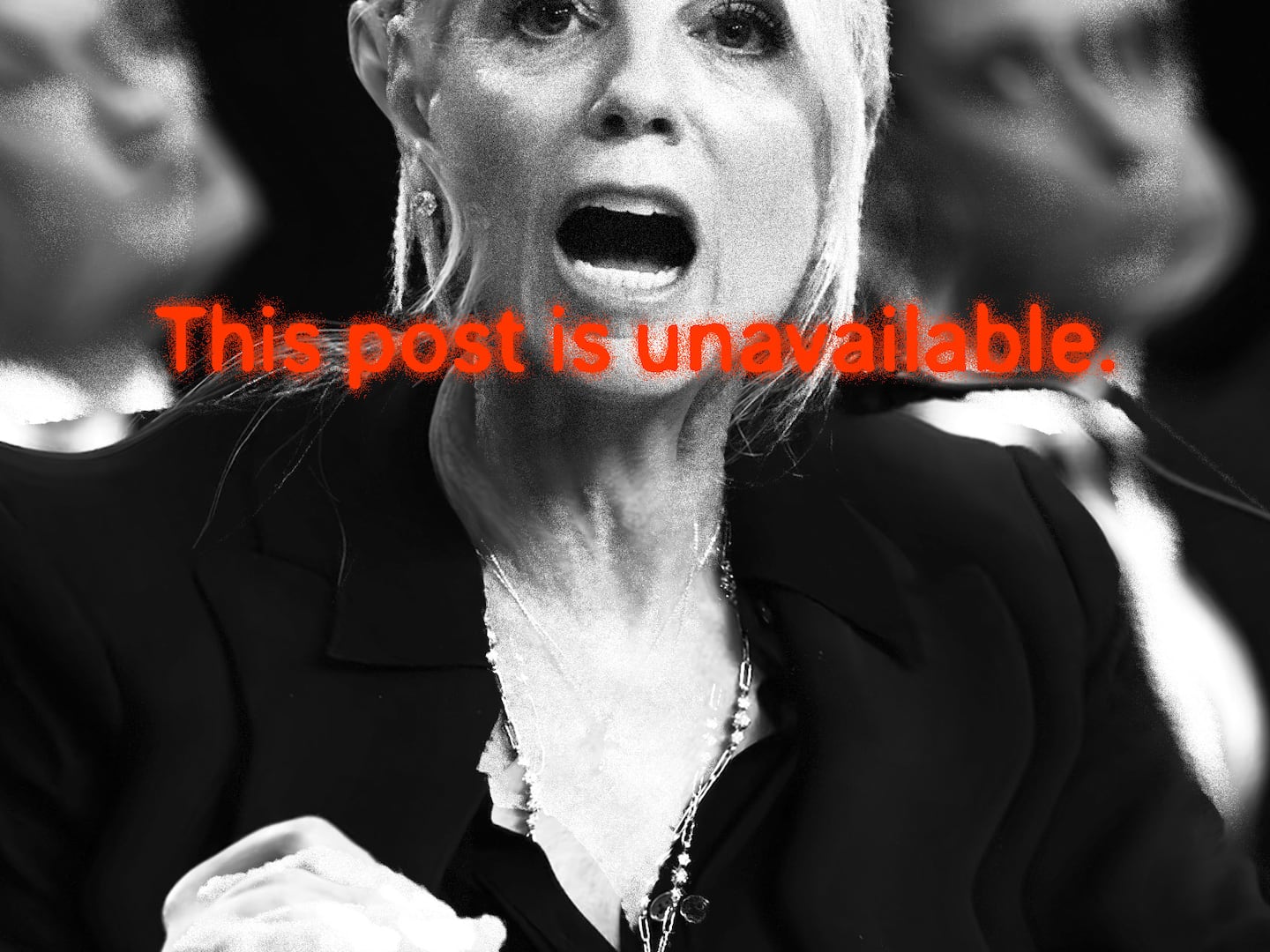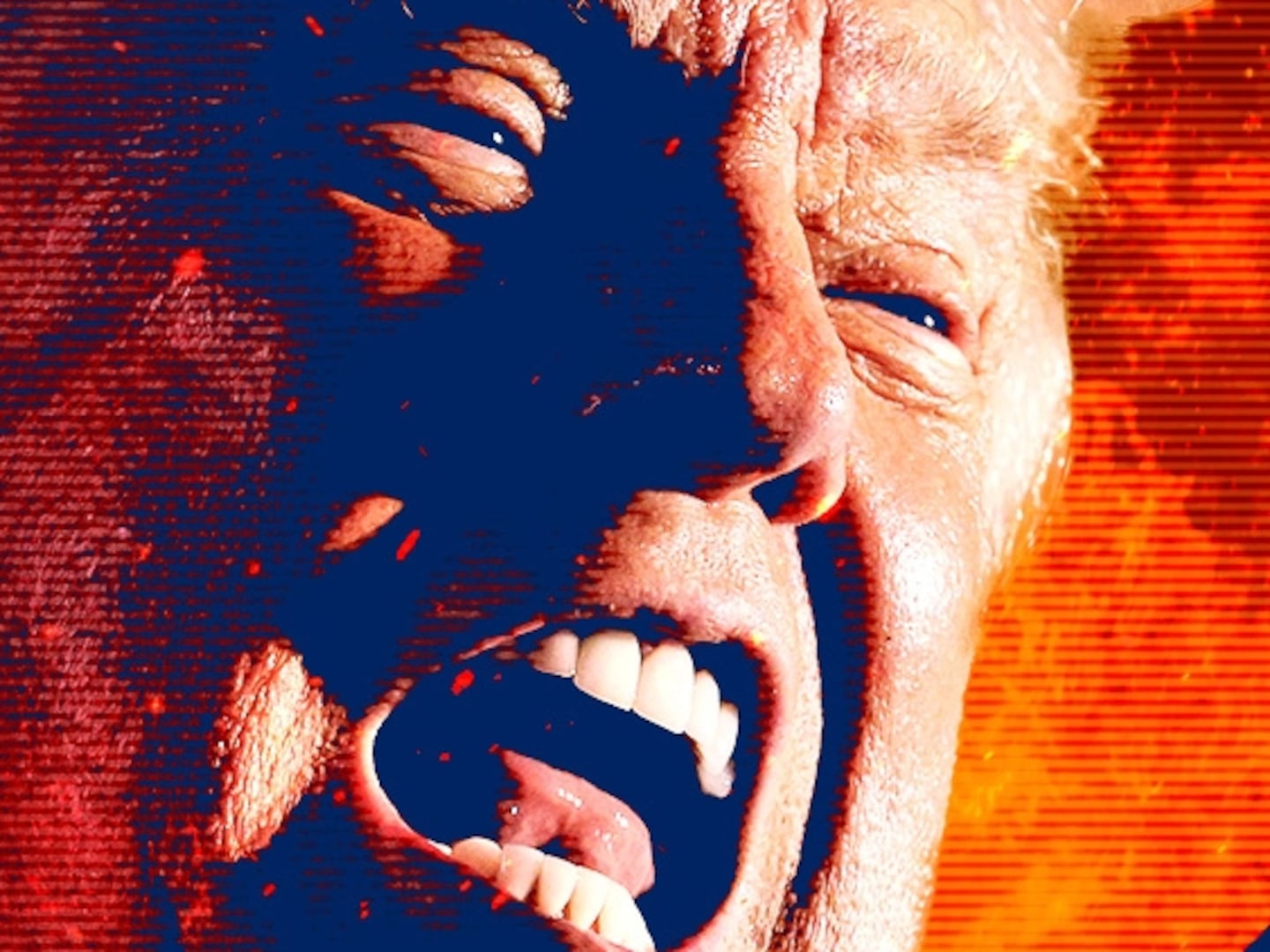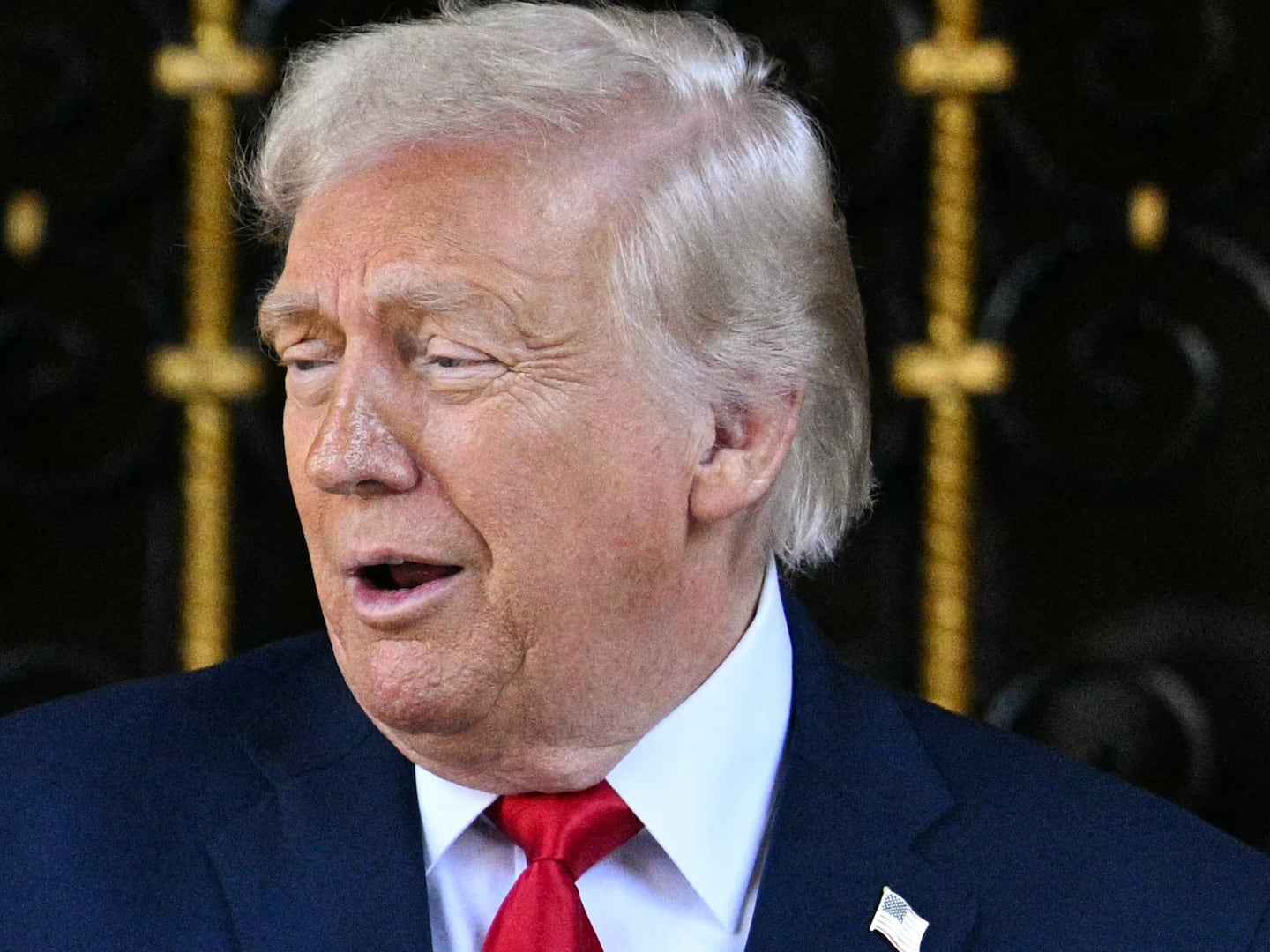In the ongoing battle over the role and efficacy of the federal government, the anti side has enjoyed some very high-profile recent screw-ups it could point to. Most obviously, the hideous roll out of healthcare.gov. That the problems were corrected, and corrected pretty quickly, could never quite erase the memory of the damaging headlines.
But now the pro side has some great ammunition. The American government’s response to the Ebola crisis has been not just good; it’s been nothing short of spectacular. It happened fast. And it changed reality for the better not on one but on two fronts—both domestically and in the three affected West African nations. Remember the panic, the media craziness, the potshots at Obama’s choice for Ebola czar of Ron Klain, because he had no direct health-policy experience?
Well, all of it looks completely ridiculous now. This time, government worked, in a huge way. I spoke with Klain, who leaves his post this coming Friday, on Wednesday, and the scope of the response he described to me is just pretty amazing.
There’s been some reporting on the domestic response, like this article in this week’s New York magazine, which notes that last October, the United States had just three hospitals prepared to treat Ebola patients and now has 48. All that’s great. But the effort on the ground in Sierra Leone, Liberia, and Guinea—where, you know, lots of people were actually dying—has received less attention but is to me much more impressive. The record offers proof not only that government can work, but also proof that the United States must invest and engage in those parts of the world that too many American dismiss as not our problem.
Last Sunday, The New York Times reported that a lot of the success in containing the virus must be credited to the way the people in the affected nations changed their habits, and Klain agrees. “If you’re talking about the improvements in West Africa, obviously you start with the people there,” Klain told me. “In the end they had to make the choices to change the way in which they buried people, change some of their social interactions. They’ve had to change a lot of their behaviors.”
They did it, but they did it with help. The U.S. government paid for the training of 10,000 civilians. Those were their civilians, mostly, but our government took the lead, working with other governments and various NGOs, in training them and determining what they’d do. “We sent people literally door-to-door in Liberia and Sierra Leone to tell people what safe practices were,” Klain says. “USAID funded the first sets of safe-burial teams in Liberia. We paid for radio broadcasts about safe burial practices and social interactions.”
There’s more. We’ve sent 3,000 soldiers into the area to perform a variety of crucial functions. They set up a forward-staging base in Senegal. They built Ebola treatment units in Liberia. They made needed improvements to the infrastructure of the countries involved to help move materiel and equipment around more quickly.
One of the unsung heroes of the story is Jeremy Konyndyk, who heads the office of foreign disaster assistance for USAID. You know those awful, lazy bureaucrats the right wing loves to bang on about? Konyndyk is living proof of just what a bunch of hopeless idiots those critics are. Konyndyk tells me that there was “no template for this crisis.” The government had to move fast, and the coordination across three agencies—USAID, the Centers for Disease Control (CDC), and the Defense Department—had to be seamless.
It was. And it all got done for not that many taxpayer dollars—$1 billion has been authorized, Klain says, but not all of it even spent yet (there’s another roughly $2 billion that Congress approved for West Africa). In other words: So far, for less money than we spend every year on, oh, fisheries and wildlife (around $1.5 billion), we’ve averted an enormous crisis and saved who knows how many lives. I guess some people think it’s not our crisis. But I think most Americans would agree that this is exactly the kind of thing the United States should be doing in the world.
“This was a threat to the homeland,” Konyndyk says. “And it remains so until it’s fully contained…But this really looked like a crisis could take down the whole region. And if it had expanded into Nigeria or something like that, that would have been an absolute cataclysm.” Besides, he adds, in terms of response coordination on this scale, it’s the United States or bust: “This is a tremendous example of the United States government using capabilities that no one else has. There’s no one else in the world who can mobilize what we can mobilize in a situation like this.”
As to the domestic part of the story, the work has been equally impressive. Take what happens when a visitor from one of the three affected countries arrives in the United States. The visitor fills out a form and hands it to customs, says Kristen Nordlund of the Customs and Border Patrol agency. Customs gives the form to CDC, which then passes the information along to health officials in the state that is the person’s destination.
The visitor is screened, given an identifier number, handed a pre-paid cell phone. All that information is given to local health officials. Then, the visitor is contacted every day for 21 days. In the case of visitors who acknowledge a high-risk activity such as having attended a recent burial, they are visited personally every day for 21 days, and have their temperature taken every day.
It may sound intrusive, and maybe it is. But it’s clearly in the public interest, and somehow or another, the government has managed to do this without bullying and intimidating anyone along the shameful lines of Chris Christie. “I get a daily update on this, and as of this morning,” Klain told me, referring to last Wednesday, “we’re successfully tracking 99.3 percent of the people who came to the country.”
The crisis has abated, but the problem hasn’t been completely conquered. Konyndyk says it’s over when two incubation periods have passed (42 days) without a new case popping up. We aren’t there, but we’re in a far, far better place than a lot of people were predicting last fall, when even serious experts who weren’t trying to terrify America in advance of the election were thinking that the crisis phase in the three countries would last most of 2015.
Your government at work. Seriously.





